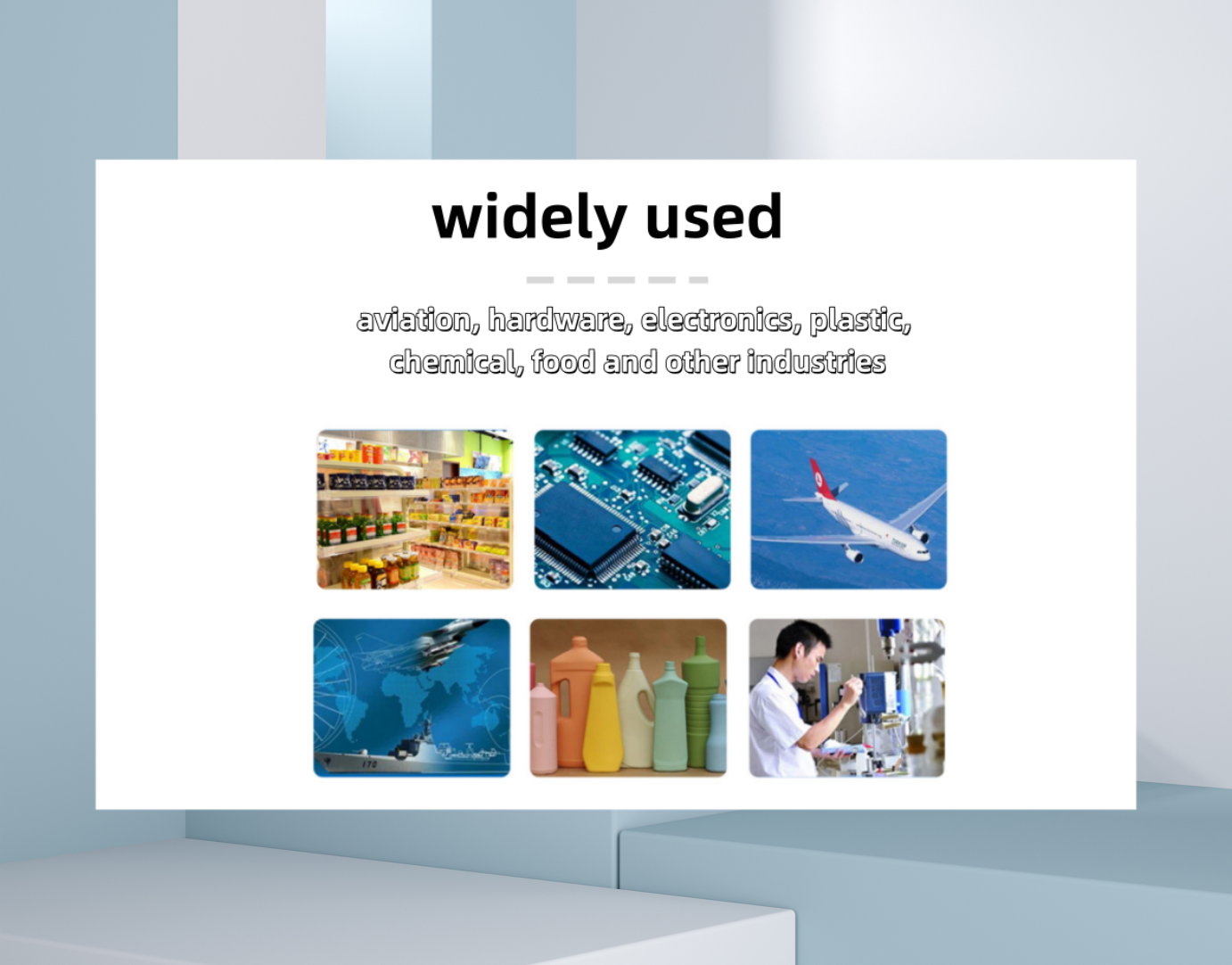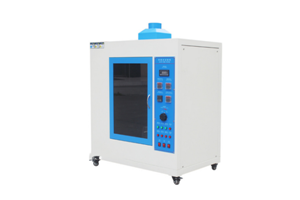Glow-wire tester
Parts of electric and electronic equipment may be exposed to overheating stress due to the effect of electricity, and its deterioration may degrade the safety performance of the equipment. These parts should not be excessively affected by the heat and fire generated inside the equipment. Parts of insulating material or other solid combustible materials that are prone to flame spread inside the device may ignite due to a glow wire or a hot element. Under certain conditions, such as the fault current flowing through the wire, the element overloaded, and the poorly-contacted glow element light up.
Introduction
This tester simulates a heat source or ignition source such as a glow element or overload resistor under a fault or overload condition. The tester simulates a fault or overload condition, and a heat source or ignition source such as a glow element or overload resistor is The thermal stress caused in a short time is used to assess the product's fire risk. It is suitable for the fire hazard test and combustion performance test of electric and electronic appliances and their materials.
This tester is based on IEC60695 - 2 - 10 / 11 / 12 / 13, IEC60669-1, IEC60884-1, UL1598, GB5169.10, GB5169.11 and GB4706.1. "Safety of household and similar electrical appliances Part 1: General requirements" Designed and manufactured in accordance with the relevant provisions.
Technology Parameter
Hot wire temperature | 500~1000℃ adjustable |
Temperature tolerance | 500~750℃ ±10℃, >750~1000℃ ±15℃ |
| temperature measuring instrument accuracy | ±0.5 |
| Thermocouple | φ0.5/medium 1.0mm K-type armored thermocouple (no warranty) |
Glowing wire | Φ4mm nickel-chromium wire |
The hot wire exerts pressure on the sample | 0.8-1.2N |
| Pressing depth | 7mm±0.5mm |
| Studio volume | 0.5m3 |
External dimensions of the equipment | 1000mm wide x650mm deep x1300mm high. |
I. Precision Thermal Simulation Engine
The core multi-axis thermal emulation system transcends basic fault simulation through:
• Dynamic Heat Profiling: 32 programmable thermal curves replicating real-world failure scenarios (e.g., lithium battery thermal runaway, motor winding burnout)
• Transient Response Capture: 0.01-second resolution logging of temperature flux during simulated faults
• Material-Specific Algorithms: AI-driven prediction models for 120+ combustible materials (polymers, textiles, PCB substrates)
• Cross-Contamination Prevention: Segregated airflow chambers prevent residue transfer between test samples
Multi-Sensor Fire Risk Assessment Matrix
Integrated combustion analytics suite quantifies fire hazards via:
1. Gas Chromatography Lite
◦ Real-time VOC detection (ppm resolution) during thermal degradation
◦ Predictive flashpoint calculation for emerging fumes
2. Radiant Heat Mapping
◦ IR camera array tracks surface temperature diffusion (50Hz sampling)
3. Flame Propagation Metrics
◦ High-speed cameras (10,000 fps) measure flame spread velocity
4. Residual Risk Scoring
◦ AI algorithm generates Fire Hazard Index (FHI™) based on 18 parameters
Feature

Specification











